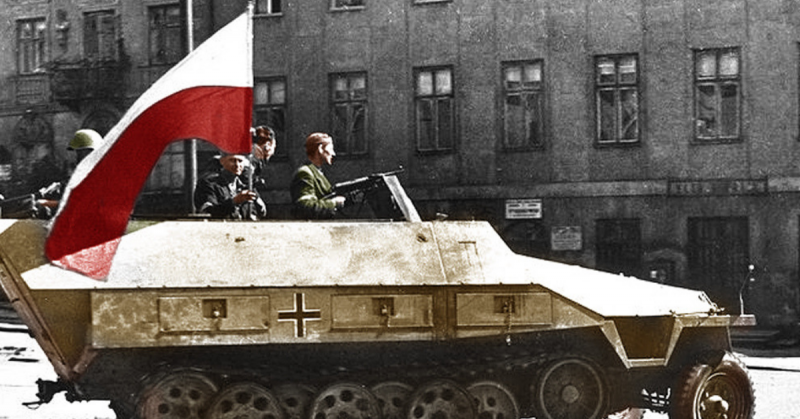General Zbigniew Ścibor Rylski, codenamed Butterfly, has passed away at the age of 101. Ścibor-Rylski’s early life was defined by two World Wars, while his later years were focused on commemorations of the Warsaw Uprising. He was promoted to Brigadier General (in reserve) in 2005.
He was born during the height of the First World War on March 10th, 1917 into an aristocratic Polish family. The family seat was then part of the Russian Empire but is now to be found in modern day Ukraine, southwest of the capital, Kiev. In 1918, the family was forced to flee the Russian Revolution and eventually settled in the new Polish Republic at Zwierzyniec.
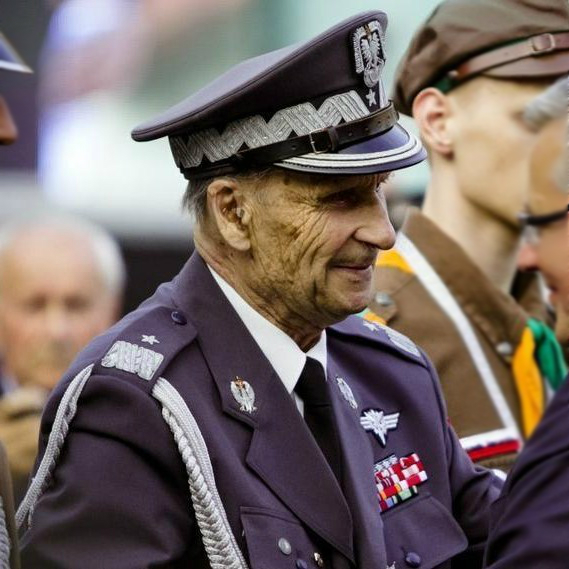
Ścibor Rylski graduated from high school in 1936 before joining the Aviation Cadet School in Warsaw where he spent time testing aircraft in a wind tunnel for the Polish Air Force. He graduated in 1939 as a Cadet Sergeant Engineer with a special interest in engines and associated equipment. He chose to do his service in the 1st Aviation Regiment, however, before he could complete his studies and attain the rank of 2nd Lieutenant, World War II broke out.
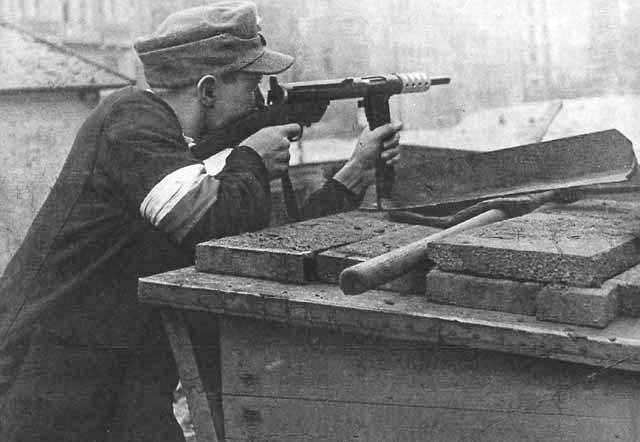
Following the invasion of Poland by Nazi Germany, Ścibor-Rylski left Warsaw on the 6th of September, 1939, and his squadron managed to break through German lines and advance eastward. He was involved in several clashes, most notably at Kock, with the Independent Operational Group “Polesie” but was eventually captured while trying to flee to Romania and was detained in a prisoner of war camp.
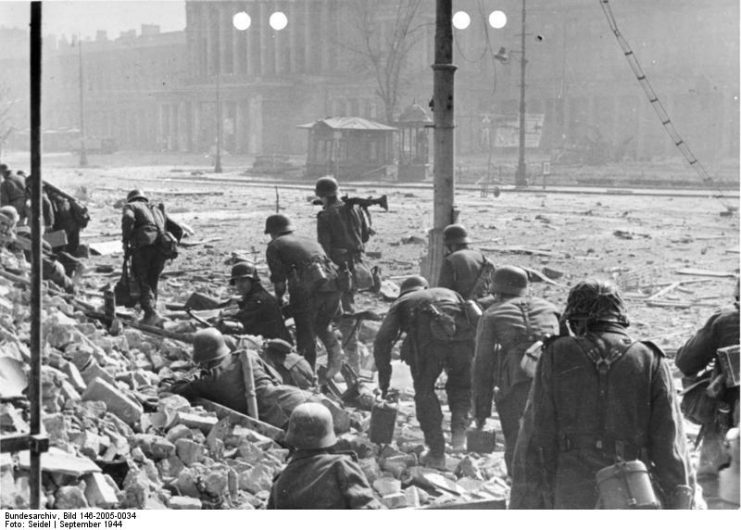
In 1940, after managing to escape, he made his way back to Warsaw where he joined the underground resistance movement. He was sworn into the Home Army a year after fleeing the city and given the nom de guerre, Stanislaw. Through the war years, he rose to command his own company in the Sokół 50 Infantry Battalion, part of the Home Army, by which time he had received the famous “Butterfly” codename.
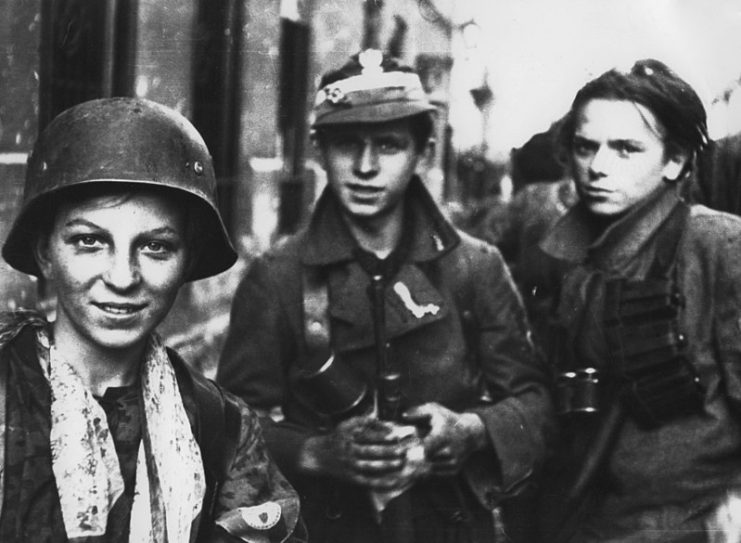
The Warsaw Uprising, which started on August 1st, 1944, saw the occupying forces driven out of most of the city within three days. The Home Army, led by Generał Tadeusz Bór Komorowski, then suffered a counter attack that forced them to surrender after sixty three days of heavy bombardment.
The Soviet Red Army would not allow Allied forces to support the Home Army, and the Nazis were able to retake the city, deport many of its citizens, and destroy the city center. When the Soviet Army began their offensive on January 17, 1945, they entered a devastated Warsaw with only a tiny fraction of the original population as the witness.
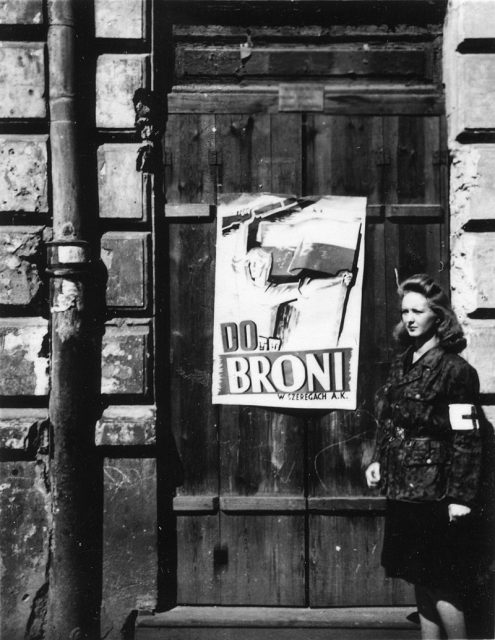
After the War, Ścibor-Rylski returned to civilian life where he became head of the Bureau of Automobile Repairs for Motozbyt before being employed by a worker cooperative in 1956. In his late sixties, he joined the Civic Committee of the Commemoration of the Warsaw Uprising and became Chairman of the Association of Warsaw Insurgents.
While the Warsaw Uprising Museum was initiated as an institution in 1983, it would take until July 31, 2004, for the building to be opened to the public, in time for the sixtieth anniversary of the start of the uprising.
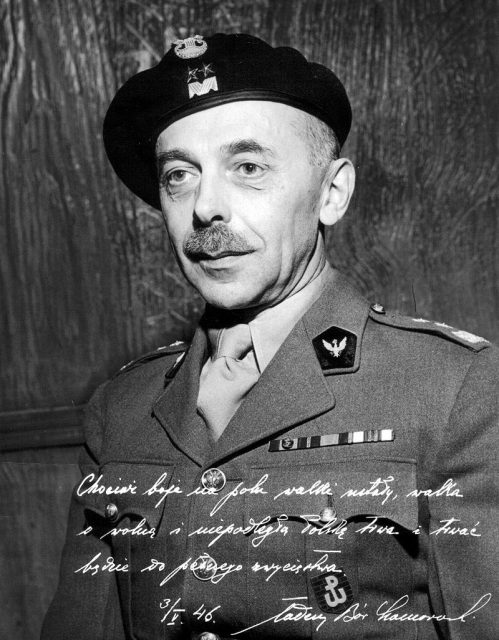
Ścibor Rylski was awarded the War Order of Virtuti Militari, which is Poland’s highest military decoration and is one of the oldest still in use, having been created in 1792 by the Polish King Stanislaw. He was also awarded the Order of Polonia Restituta, the Cross of Valor, the Partisan Cross, and the Warsaw Cross of the Uprising.
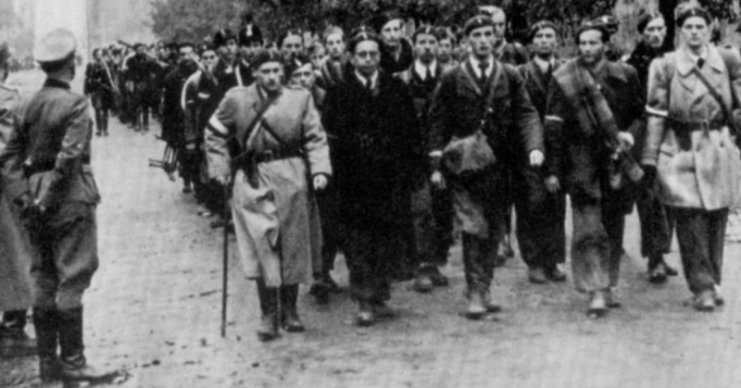
He was awarded the Virtuti Militari and Cross of Valor twice and, after the institution of the award in 2011 by the government, received the Pro Patria medal for war veterans.
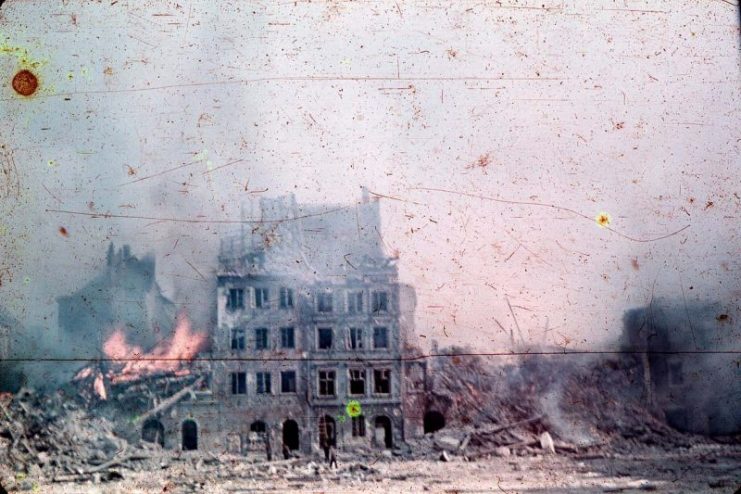
Read another story from us: Remembering the Warsaw Ghetto Uprising
Ścibor Rylski was married to Zofia Kochańska, a soldier of the Armija Krajowa who worked in intelligence under the name Marie Springer. She passed away in 1999.
